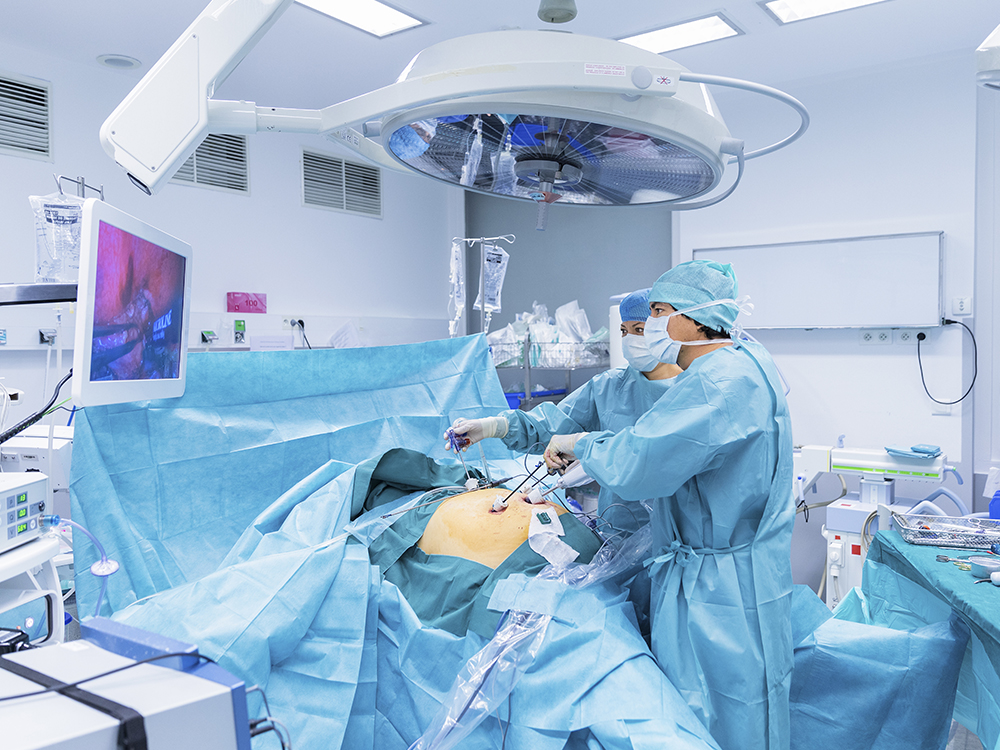Does Your Facility Need A Bariatric Surgery Table?
July 18, 2018

According to an October 2017 report from the CDC, the prevalence of obesity was 39.8 percent among adults and 18.5 percent among youth in the United States in 2015 to 2016. As these trends continue, there is an increased likelihood that your medical facility will be providing care to bariatric patients. One of the most crucial ways to accommodate obese populations is by purchasing and using a bariatric surgery table.
Benefits of a Bariatric Surgery Table
Aside from their expanded weight limits, bariatric surgery tables usually include other design features to accommodate a varying range of patients. Most bariatric tables also include advanced safety and stability features, a larger height adjustment range, and higher-quality table pads.
Increased Weight Capacity
The most obvious and important feature of any bariatric surgery table is the increased weight capacity. Bariatric surgery tables usually have a weight capacity of 1,000 pounds, an increase from the usual non-bariatric standard of 500 pounds. Ideally, the 1,000-pound weight capacity of a bariatric table would include full articulation capabilities for enhanced surgical positioning.
Increased Table Stability
With an increased weight capacity and advanced articulation, there is a necessity for bariatric surgery tables to include enhanced safety and stability features. Mobile bariatric tables should also feature robust wheel locks to help steady the table’s base. Self-leveling floor locks can also help compensate for uneven weight distribution during procedures requiring full table articulation, which offers increased security to the patient and clinicians alike.
Increased Height Adjustment
Bariatric patients lying in the supine position often have higher profiles, sometimes creating a challenge for physicians to operate comfortably. Finding a bariatric table with a wide height adjustment range, especially with a low minimum height, can help clinicians maintain access to the operative field without unnecessary strain. Bariatric surgery tables often include thicker, higher-quality surgical table pads, keeping patients more comfortable during long procedures.
Conclusion: Bariatric Equipment is a Wise Investment
Bariatric surgery tables offer medical facilities a variety of benefits and are relatively easy to purchase and install, but they only address one aspect of patient care.
To truly make your facility accessible to obese populations, it’s necessary to examine every point of contact a bariatric patient has with your facility. For example, are your facility’s doors wide enough to accommodate bariatric wheelchairs and stretchers? As we see obesity trends continue in the United States, it’s a good idea for medical facilities to make sure their facilities are properly equipped to effectively treat bariatric patients.